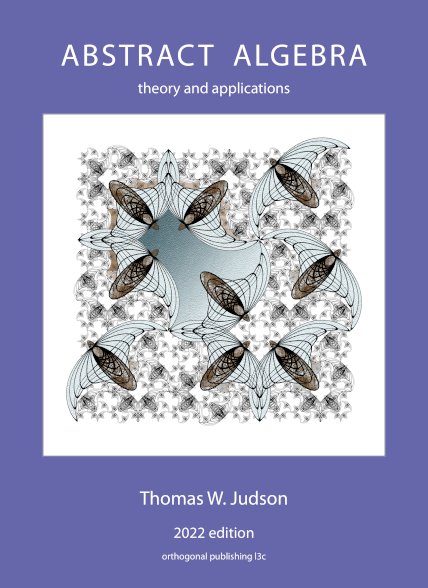Exercises 16.7 Exercises
2.
3.
4.
5.
6.
Find all homomorphisms
7.
8.
9.
10.
11.
Prove that the Gaussian integers,
12.
Prove that
13.
14.
Use the method of parallel computation outlined in the text to calculate
15.
Explain why the method of parallel computation outlined in the text fails for
16.
17.
18.
19.
Prove that the associative law for multiplication and the distributive laws hold in
20.
21.
22.
Prove the Correspondence Theorem: Let
23.
24.
Let
25.
Let
26.
27.
Let
28.
29.
30.
31.
If we do not require the identity of a ring to be distinct from 0, we will not have a very interesting mathematical structure. Let
32.
33.
34.
Prove or disprove: Every finite integral domain is isomorphic to
35.
Let
- Let
- Denote the set of all automorphisms of
- Let
- Compute
36.
37.
An element

